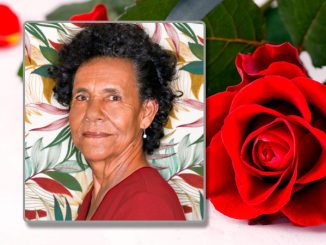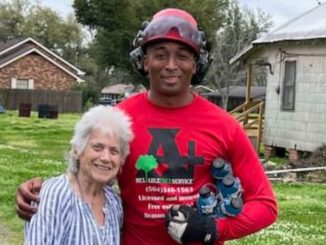
By Michael Brown, spiritdaily.com
In the years since the French Revolution, there have been numerous predictions of the Second Coming, or at least some kind of major manifestation of Christ.
Such speculation increased with an apparition of the Blessed Mother at LaSalette, France, in 1846, then in the wake of the famous Fatima secrets, and then again in 1948 with the establishment of Israel — which many see as fulfilling a major requirement for apocalyptic events.
During the past 20 years, that momentum has reached a crescendo, in large part because of the occurrence of another major apparition, Medjugorje in Bosnia-Hercegovina, where, like LaSalette and Fatima, secret prophecies allegedly have been granted.
The Medjugorje visionaries have never said that the secrets contain a prediction of the Second Coming, and in fact one, Vicka Ivankovic Mijatovic, says that while containing predictions of very serious coming events, the nine confidential prophecies she has been given do not specifically address the anti-christ, the Second Coming, or the end of the world (which the Catholic Church teaches will follow the Final Coming).
But elsewhere there have been a flurry of just such claims, including those of St. Faustina Kowalska — who in 1935 wrote that she had heard Christ tell her, “‘You will prepare the world for My final coming'” and in 1936 allegedly heard the Blessed Mother say, “Oh, how pleasing to God is the soul that follows faithfully the inspirations of His grace! I gave the Savior to the world; as for you, you have to speak to the world about His great mercy and prepare the world for the Second Coming of Him Who will come, not as a merciful Savior, but as a just Judge.”
In 1938 Faustina added a message from Jesus, writing in her diary that “as I was praying for Poland, I heard the words: ‘I bear a special love for Poland, and if she will be obedient to My will, I will exalt her in might and holiness. From her will come forth the spark that will prepare the world for My final coming.'”
The Coming of Jesus also has been mentioned at Church-approved sites in Kibeho, Rwanda; Betania, Venezuela; and San Nicolas, Argentina, as well as a flurry of revelations that have never been granted Church sanction. The same is true in general Christian circles, where evangelicals, Pentecostals, Baptists, and nondenominationalists have loudly declared their belief that Christ is ready to return — citing developments in Israel, which they watch like an augury.
The term “second coming” is used in the “1990 prophecy,” an anonymous revelation that thus far has shown striking accuracy. Said this reputed revelation: “I will come not as a man of flesh, but like My mother, who already nurses Me and holds Me in her arms, as a light and power. I will manifest Myself in a series of supernatural events similar to the apparitions but much more powerful.
In other words, My second coming will be different than My first, and like My first, it will be spectacular to many but also unknown initially to many, or disbelieved.
Yet truly I tell you, the arrogance of the world will have been broken, and so many more than normal will believe. I will come in towering light. ”
Perhaps never before in history — at least not since the Middle Ages — has there been such a surge in prophecy.
In medieval times the prophecy ended up more a portent of chastisement than final events, coming in the midst of bubonic plague, which devastated a third of Europe.
Is the same true now? Are the prophecies more a foretelling of chastisement (which is mentioned at Medjugorje) — or of something more cosmic?
The question arises again because of an interview with seer from Betania, Maria Esperanza, who said that at the least the world should prepare for a major manifestation. Esperanza died in 2004.
She had referred to a coming period that will be a “new dawn of Jesus” and has said that “His coming is near.”
In her visions, the Venezuelan seer describes Christ as appearing to many individuals in what seem like manifestations.
“It will be very different than what people think,” she says in The Bridge to Heaven. “He’s going to come in silence. People will realize He is among us little by little. His first presentation will be like this, because in those days an innocent person whom He loves a lot will die, an innocent person. (Many believe this has already occurred with the death of Terri Schiavo in 2005.) This will shock the world, will move the world. Many people will believe.
He will disappear for some days and appear again. He will multiply Himself, to assist everyone, in their homes, because this will be a definite thing. He will come and knock on every door. And then people will realize it is truly Him.”
Many have taken the “spark” mentioned by Faustina as coming from Poland to be John Paul II — who never had publicly foreseen the Second Coming himself but who has referred to our times as apocalyptic in the sense of the Church versus the anti-Church and good versus evil.
Esperanza does not describe it as a “final coming,” but makes clear that major events and transformations are on the way and that the appearance of Jesus, however it is termed, will be preceded by major events.
Second Coming? Final Coming? A manifestation? Clearly, however we term it, and however it does or does not meet our preconceptions, something major, something historic, and something unusual, is ready to occur, in all likelihood within the lifetimes of many reading this.




Be the first to comment